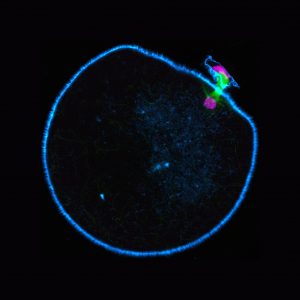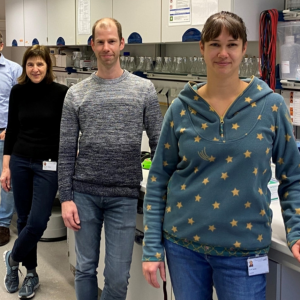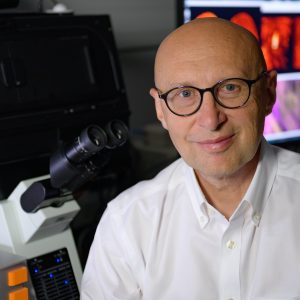Statistical spatial analysis for cryo-electron tomography
Authors Martinez-Sanchez A, Baumeister W, Lučić V Journal Computer Methods and Programs in Biomedicine Citation Comput Methods Programs Biomed. 2022 Feb 15;218:106693. Abstract Cryo-electron tomography (cryo-ET) is uniquely suited to precisely localize macromolecular complexes in situ, that is in a close-to-native state within their cellular compartments, in three-dimensions at high resolution.





